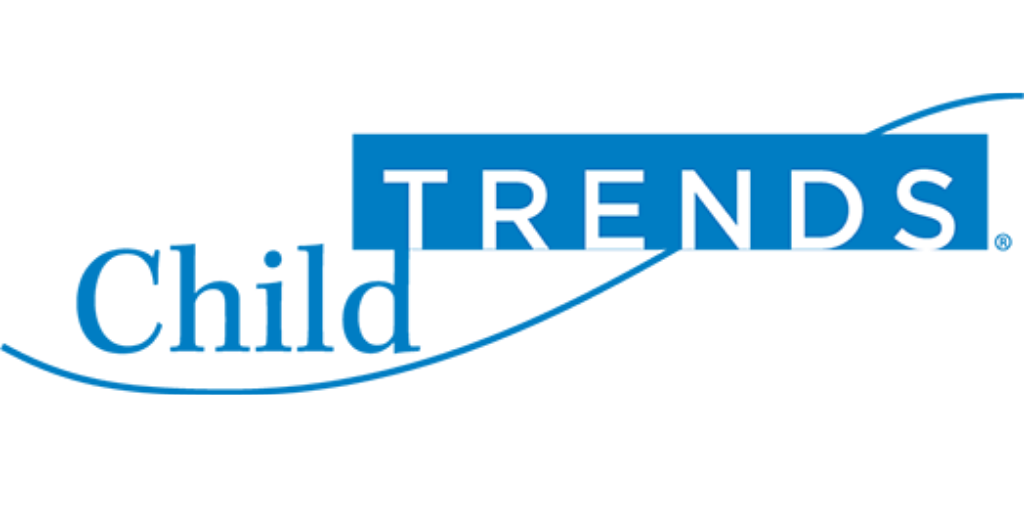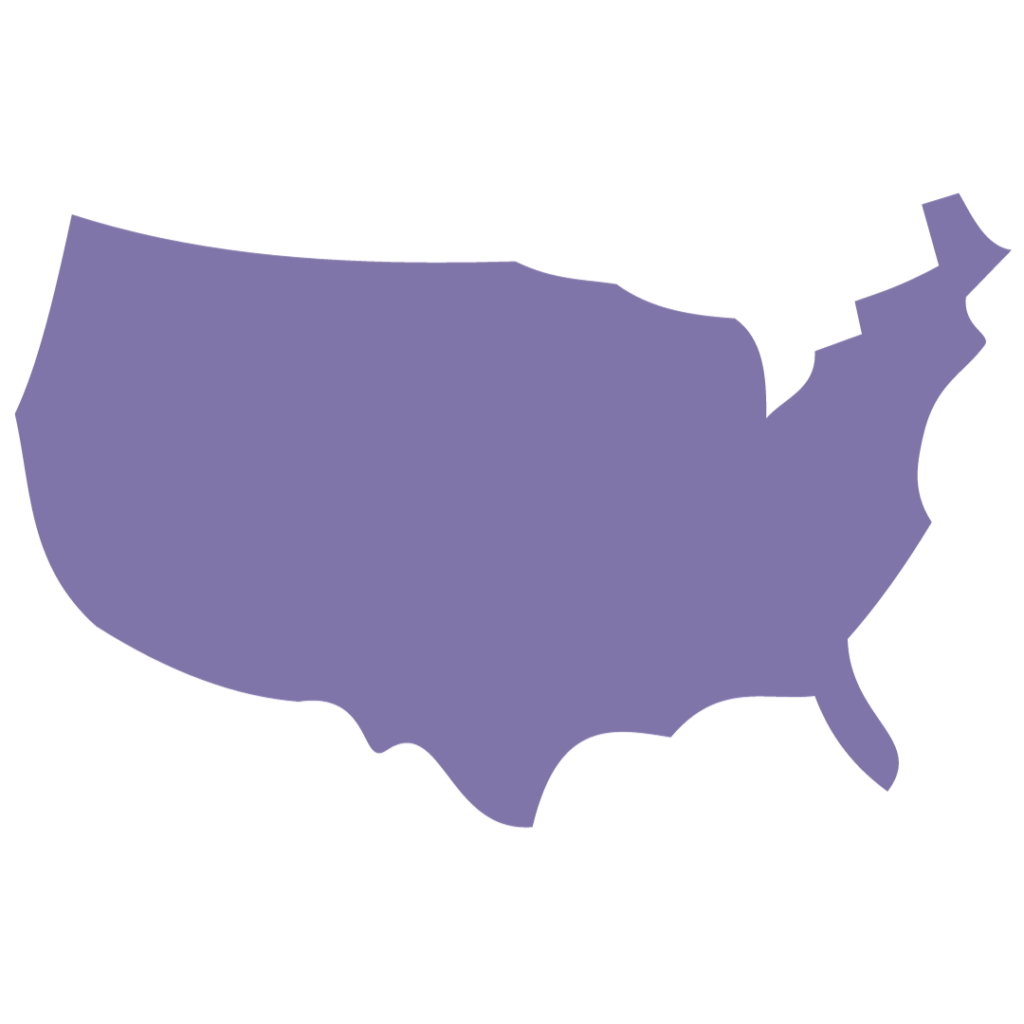Child Trends Brief Highlights How 3 States are Using Increased CCDBG Funding

In a new brief, Child Trends provides specific examples of how Georgia, Michigan, and Oklahoma are using increased Child Care and Development Block Grant (CCDBG) funding to expand child care services and support providers, strategies policymakers around the country can model to improve the quality of child care in their states.
The information in this brief comes from discussions conducted this spring as follow up to Child Trends’ 2019 national survey of how states and territories were using increased CCDBG funding approved through the annual appropriations process. The national survey found states prioritized four broad goals:
- Expand families’ ability to use subsidies by providing 12-month access to child care subsidies, reducing or waiving copayments, reducing parent reporting requirements, and maintaining parents’ subsidy access while job searching. (Examples from Oklahoma and Michigan below).
- Expand the use of subsidies for vulnerable and underserved groups such as infants and toddlers, children with special needs, or children of families experiencing homelessness. (Example from Georgia below).
- Increase provider payment rates and adjust payment schedules to encourage providers to accept subsidies, including reimbursement at a level comparable to the cost of care for families not participating in CCDBG. (Examples from Georgia and Michigan below).
- Continue implementation of enhanced quality requirements enacted in the 2014 reauthorization of the CCDBG Act, including health and safety practices and provider background checks, expanded professional development opportunities, and consumer education. (Examples from Michigan and Oklahoma below).
In the months since the 2019 survey was taken, states’ efforts to expand access to subsidies while also improving quality have been greatly impacted by the COVID-19 pandemic, requiring a sudden and dramatic shift to continue paying providers that were forced to close or saw decreased attendance, provide funding to support emergency care for essential workers, and waive or cover a portion of child care fees that families would have otherwise had to pay.
The CARES Act provided $3.5 billion in supplemental CCDBG funds for these purposes, however, additional funding will be necessary to keep the child care industry afloat, on top of increased annual appropriations funding to allow states to continue to work toward the four goals outlined above. Looking ahead, this brief can help inform state policymakers’ efforts to improve access to high-quality early care and education through CCDBG and improve recovery efforts following the COVID-19 crisis.
The brief notes 23 states and Guam indicated they are using increased CCDBG funding to expand families’ ability to use subsidies. For example, Oklahoma increased income eligibility thresholds to allow families at a higher income level to receive subsidies, while lowering copayment rates for families at or below the federal poverty level.
As a result, Oklahoma reported an 18% decrease in the number of families required to pay out-of-pocket for child care between February 2019 and January 2020. In Michigan, increased funding was used to waive copayments for families that choose higher-rated providers, leading to an 11% increase in the number of children receiving subsidies who enrolled in high-quality care.
Under the second goal of expanding subsidy access for vulnerable and underserved groups, 12 states indicated they would allocate a portion of the increased funding to increase the number of slots available to infants and toddlers. Specifically, Georgia offered financial incentives to providers to provide infant and toddler care, leading to both an increase in the number of infants and toddlers who received a subsidy (41%) and in the number of high-quality slots (20%).
43 states used increased funding to raise provider payment rates and change payment policies. Georgia increased payment rates to encourage high-quality providers to accept children with a subsidy and incentivize providers to continue to improve and maintain quality, while Michigan moved from an hourly payment to a tiered, biweekly payment to match families’ out-of-pocket pay schedules to provide a more consistent and predictable payment stream.
Under the final goal of continuing to support high-quality care, 40 states and Guam indicated that they would allocate a portion of the increased funding to support the child care workforce. In Michigan, funding was allocated for additional scholarships to allow child care providers to earn degrees or credentials. This funding allowed for a 33% increase in scholarships (1,747 total providers).
Oklahoma used a portion of the increased funding to hire 11 coaches and offer free monthly trainings for providers on a variety of professional development topics, including building positive adult-child relationships and using responsive practices for children who have experienced trauma and exhibit challenging behaviors. The State held 60 of these trainings for 880 participants between August and December of 2019.
The full brief is available from Child Trends here.
Subscribe to FFYF First Look
Every morning, FFYF reports on the latest child care & early learning news from across the country. Subscribe and take 5 minutes to know what's happening in early childhood education.



